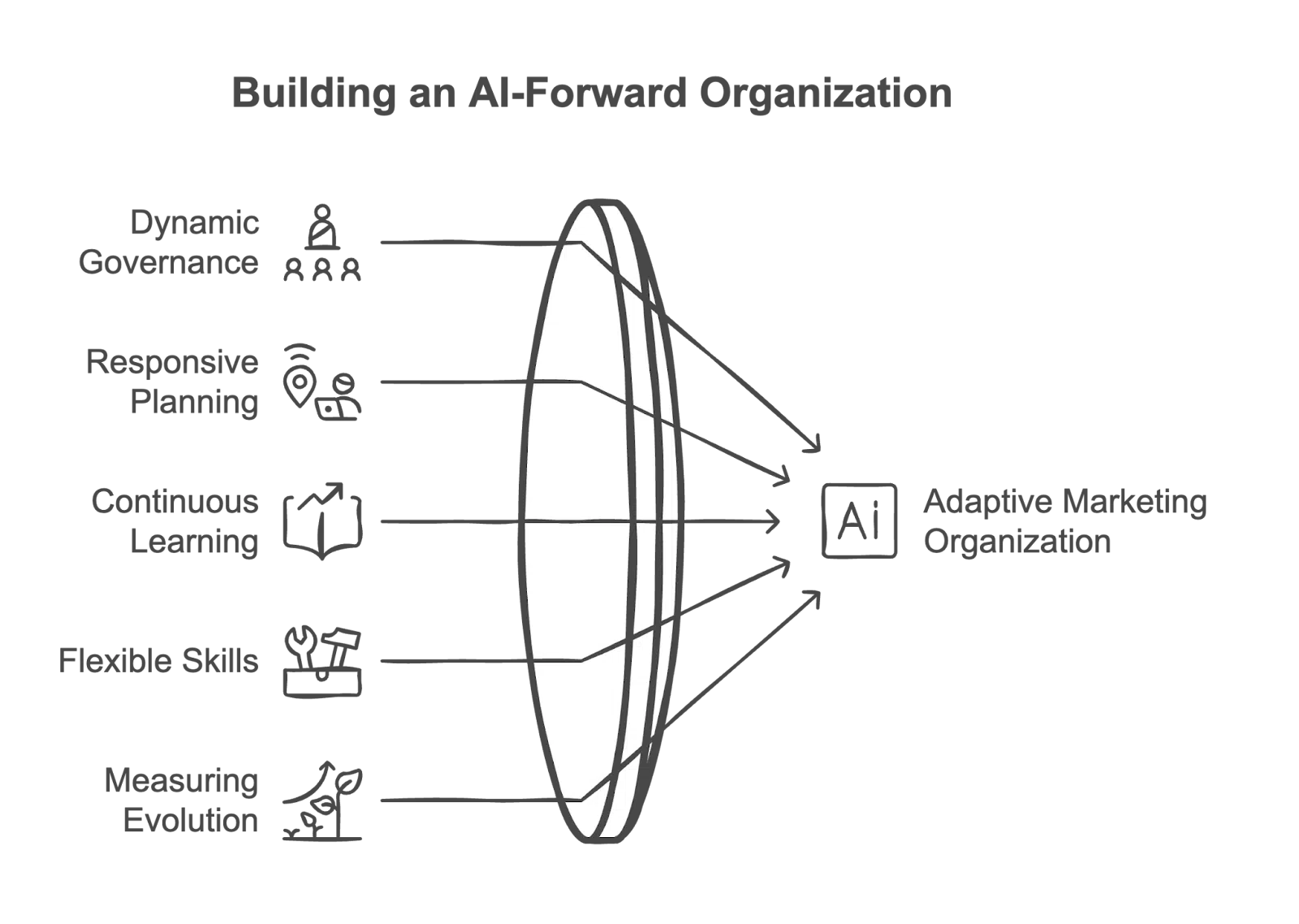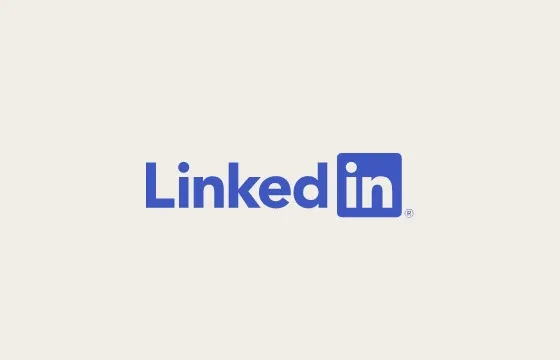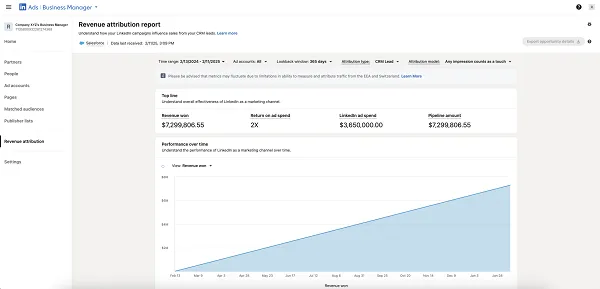AI adoption by marketing teams often feels messy and uncoordinated. Without a clear plan, efforts remain experimental, with limited impact. At the same time, forcing AI into rigid structures can stifle its potential. The challenge for marketing leaders is integrating AI effectively — without overcomplicating or slowing down innovation.
AI integration isn’t a one-and-done initiative
More than 75% of marketing leaders think AI has a positive effect on marketing. Yet, many are unsure how to move from experimenting with AI to full-fledged integration.
The lack of a clear roadmap makes it difficult for CMOs to drive effective change, leading to fragmented efforts and limited ROI. And while few organizations are willing to take on full-scale transformations — rightly so, given their 70% failure rate — an unstructured, organic approach to AI isn’t the answer either.
Effective AI integration requires structure to align efforts with organizational goals and governance boundaries. It must be flexible, iterative and capable of evolving with AI advancements, according to research by the Capgemini Research Institute. With AI advancing at an unprecedented pace, marketing organizations must be structured to keep up.
Dig deeper: AI readiness checklist: 7 key steps to a successful integration
5 key elements of adaptive AI integration
Building an adaptive, AI-forward organization requires incrementally integrating the following into your marketing operations.
1. Dynamic governance
Instead of developing static AI policies lost in the labyrinth of a corporate intranet, establish adaptive governance mechanisms. Cross-functional AI councils and working groups should meet regularly to renew emerging capabilities, assess risks and revise guidelines based on learning.
Larger organizations need a network of AI councils with representatives from various functions to establish a fluid set of interconnected guidance. For example, there could be a core set of AI guidelines with specialized guidance for individual use cases or functions. Use the power of AI to keep the groups aligned — consider uploading policy documents and information into a custom GPT that anyone in the organization can query. Here’s how that could look:
Prompt for custom AI policy GPT:
“I am a content writer and want to use AI to help synthesize research, outline, draft and refine an upcoming report for our new product AMAZEBALLS. What AI internal policies and considerations do I need to know?”
Response:
“According to our general AI policies, along with legal and marketing policies, you need to consider the following: do not upload any sensitive information, such as a PII; validate all research is truthful and accurate; follow our citation policies; do not publish any AI-generated content without human review; follow all AI-generated content copyright policies; if the report makes any claims, be sure to have legal review…?”
2. Responsive planning
Rather than creating detailed, multi-year plans, work to adopt shorter planning cycles that evolve with AI. Adopt practices like Quarterly Big Room planning to adjust priorities based on new AI developments, organizational learning and changing market conditions.
Quarterly planning, combined with smaller team-level planning cycles like sprints, lets you maintain strategic alignment while enabling rapid course correction when needed.
Dig deeper: Integrating AI into MOps: Aligning your platforms, data and processes
3. Continuous learning and integration
You must know how to sense, act, experiment and improve, then integrate learnings across individuals, teams and initiatives. This mindset and a strong focus on documenting and sharing insights help your organization adapt. Like with AI councils, use AI to capture learnings anyone can query. Imagine this scenario:
Prompt:
“Our marketing team is considering running a social media campaign that highlights the eco-friendly nature of one of our cleaning products. Has this type of campaign been run before? If so, what information can you provide?”
Reply:
“The group marketing laundry detergent ran a similar campaign in September of last year. They saw a lift of 12% with a spend of $25,000, resulting in an impressive ROMI. However, since that campaign launched, research shows that eco-positioning is no longer top of mind for our brand and customers. I would recommend researching customer sentiment before launching your campaign…”
Combining AI with continuous learning reduces the time spent digging for information (an average of 9.3 hours per week per employee!) while decreasing repeat mistakes.
4. Flexible skills development
Recently, I saw an advertisement for a Master’s in AI program. It made me chuckle as I thought how outdated the curriculum would be by the end of the two-year program. Learning is evolving, with many gaining skills through video or hands-on practice. That said, AI doesn’t eliminate the need for structured training programs.
Move from one-time training programs to regular skills assessments to identify emerging needs. Consider a mix of learning modalities and opportunities. Take advantage of structured peer learning networks, like communities of practice or online Slack channels. Some of my best prompt techniques were learned on the fly from colleagues.
5. Measuring the evolution
Marketing leaders face intense pressure to prove ROI on AI efforts, but an ad hoc approach often leads to scattered efforts and unclear results, making investments harder to measure. Address this issue by defining clear metrics for AI integration success and regularly assessing performance against those metrics.
The metrics are focused on driving business outcomes rather than productivity. Who cares if you can produce 400 blog posts in the time it used to take you to write 40 if they don’t impact the business?
Dig deeper: Don’t have the time to implement time-saving AI tools? Here’s what to do
Moving toward an adaptive marketing organization


Adopting the above won’t happen overnight, but consider small shifts your marketing teams can make in that direction. As a marketing leader, you can incorporate the following into your efforts.
Start with clear intent
Work with other leaders to define what successful AI integration looks like for the organization and the marketing organization. Establish your North Star and advocate for the use of AI with purpose. While experimenting with tools is essential, it’s also a bottomless pit. Clear direction will guide activity at all levels, from tools to processes to use cases.
Build an adaptive leadership capability
Many in your organization will look to leaders for direction, but those who cling to fixed plans, rigid budgets and micromanagement reinforce the status quo. To drive adaptive change, help both leaders and front-line workers develop key skills — understanding AI capabilities, managing uncertainty and shifting from a directive to a coaching approach.
Dig deeper: Is your marketing team AI-ready? 8 steps to strategic AI adoption
Focus on integration over implementation
AI integration goes much deeper than tools. Instead of simply implementing tools, look at workflows, decision-making processes and team structures. Don’t change everything all at once; work to evolve the organization one meaningful piece at a time.
Maintain strategic alignment
AI accelerates nearly every aspect of marketing, from content creation to decision-making. But doing more also demands more — more oversight, alignment and management. While AI can support these efforts, it can’t ensure a strategic focus. Use visualization, AI dashboarding tools and regular alignment sessions to keep teams and technology centered on what matters most.
Looking ahead
The path to AI integration isn’t linear and never truly ends. To keep up, you must build the capability to evolve continuously, which requires a fundamental shift in your operations.
The good news is that as a marketing leader, you’re well-positioned to drive this shift. With experience adapting to changing consumer behavior and technology, your team can pioneer AI integration strategies that balance structure with flexibility.
Success comes from building an adaptive organization that evolves with AI, constantly learning and refining its approach. The key is to develop these adaptive capabilities, creating a foundation for ongoing evolution rather than a one-time change.
Dig deeper: 5 ways to jump start AI adoption
Contributing authors are invited to create content for MarTech and are chosen for their expertise and contribution to the martech community. Our contributors work under the oversight of the editorial staff and contributions are checked for quality and relevance to our readers. The opinions they express are their own.




























































![Assessing the Winners of the Super Bowl Ad Blitz [Infographic] Assessing the Winners of the Super Bowl Ad Blitz [Infographic]](https://imgproxy.divecdn.com/kzzGkWf5O2q5NPX8no-8ErGd5bFiXZjPZlEp8PIZVsw/g:ce/rs:fit:770:435/Z3M6Ly9kaXZlc2l0ZS1zdG9yYWdlL2RpdmVpbWFnZS9zZW1ydXNoX3N1cGVyX2Jvd2xfMjAyNTIucG5n.webp)







